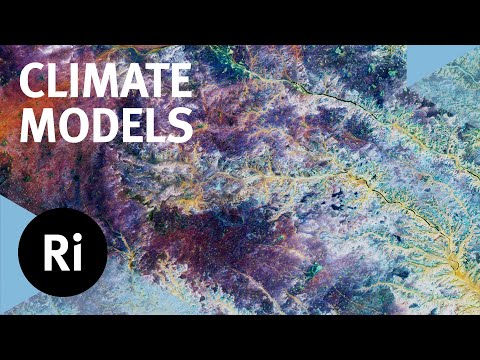Description:
Explore the intricacies of climate modeling and its role in addressing climate change in this informative lecture by Prof Vicky Pope. Delve into the components of cutting-edge climate models, their applications in understanding climate change patterns, and their potential to forecast future climate scenarios. Learn about the distinction between climate and weather, the evolution of computer models, and the integration of proxy data and direct observations. Examine the concept of uncertainty in climate science, CO2 absorption, and the occurrence of extreme weather events. Gain insights into the historical context of climate modeling, its practical applications, and the challenges of attributing specific events to climate change. Discover various strategies for climate change adaptation and mitigation, including emerging technologies and decarbonization efforts. Analyze the unintended consequences of certain climate solutions, such as bioenergy, and explore the ideal scenarios for CO2 emissions reduction. Conclude with a discussion on the implications of climate change for the UK and the development of region-specific climate models.
Read more

How Can Climate Models Help Us Respond to Climate Change? - With Vicky Pope
Add to list
#Science
#Earth Science
#Climate Science
#Environmental Science
#Climate Change
#Social Sciences
#Political Science
#Government
#Policy-Making
#Carbon Cycle
#Environmental Studies